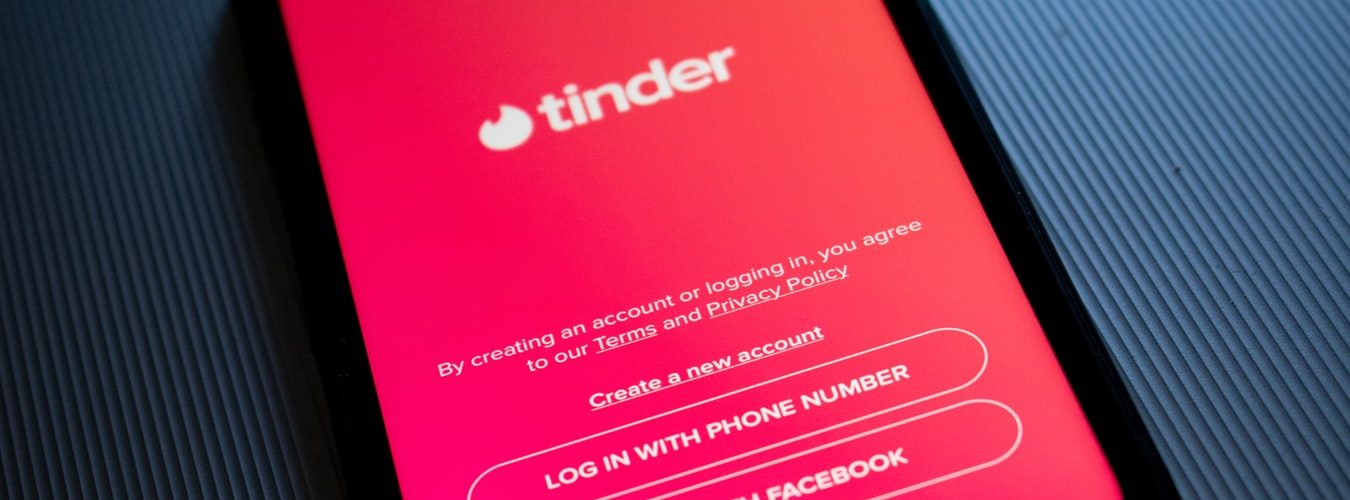Tinder is stepping up its safety initiatives by giving users a “panic button” to alert authorities to potentially dangerous situations. Users will be able to opt into the personal safety app ‘Noonlight’, which connects users to personal emergency services.
This new feature protects users in situations where they may be alone or meeting someone for the first time. When threatened, they would be able to press the panic button and have trained dispatchers who will contact the authorities on behalf of the user.
Tinder will also be added photo verification technology that would verify that members have authentic profile photos. Photos would be compared using artificial intelligence to ensure that the photos have been taken in real-time and are not doctored.
Read the full article on France 24: Tinder unveils ‘panic button’ for emergency response
Analysis:
These safety initiatives come in the wake of criticism for dating apps in failing to protect vulnerable users on their apps from harassment and abuse. Since the app is open for all to download and use, there is no incentive for the company to screen members. Potentially then, users may be exposed to registered sex offenders.
If Tinder merely provides its users with an opportunity to know one another and meet up, should they be responsible for what happens when users meet offline? While it is clear that the app should do whatever it can to prevent abuse and violation within the app ecosystem, how much can they affect what happens when people meet up?
Questions for further personal evaluation:
- To what extent do you think are dating apps responsible for the users’ activities offline? Explain.
- What are other ways that users can keep themselves safe when meeting up with dates from online dating websites or apps?
Useful vocabulary:
- ‘dispatcher’: a person whose job is to receive messages and organize the movement of people or vehicles, especially in the emergency services
- ‘in the wake of’ (phrase): following (someone or something), especially as a consequence

